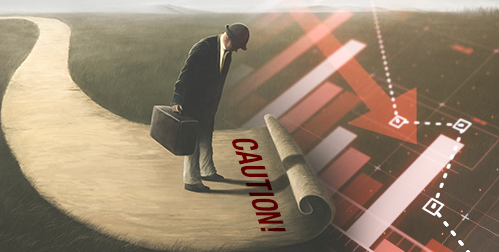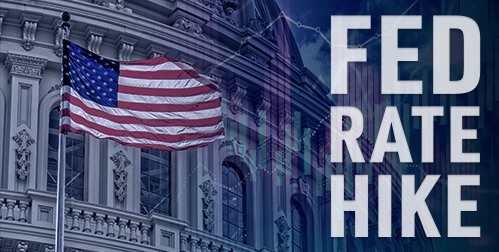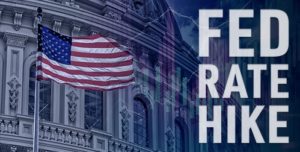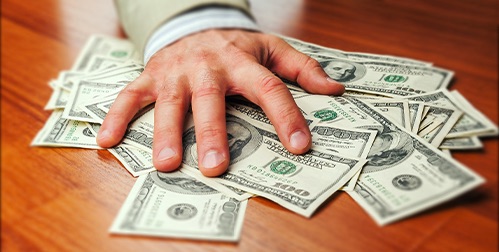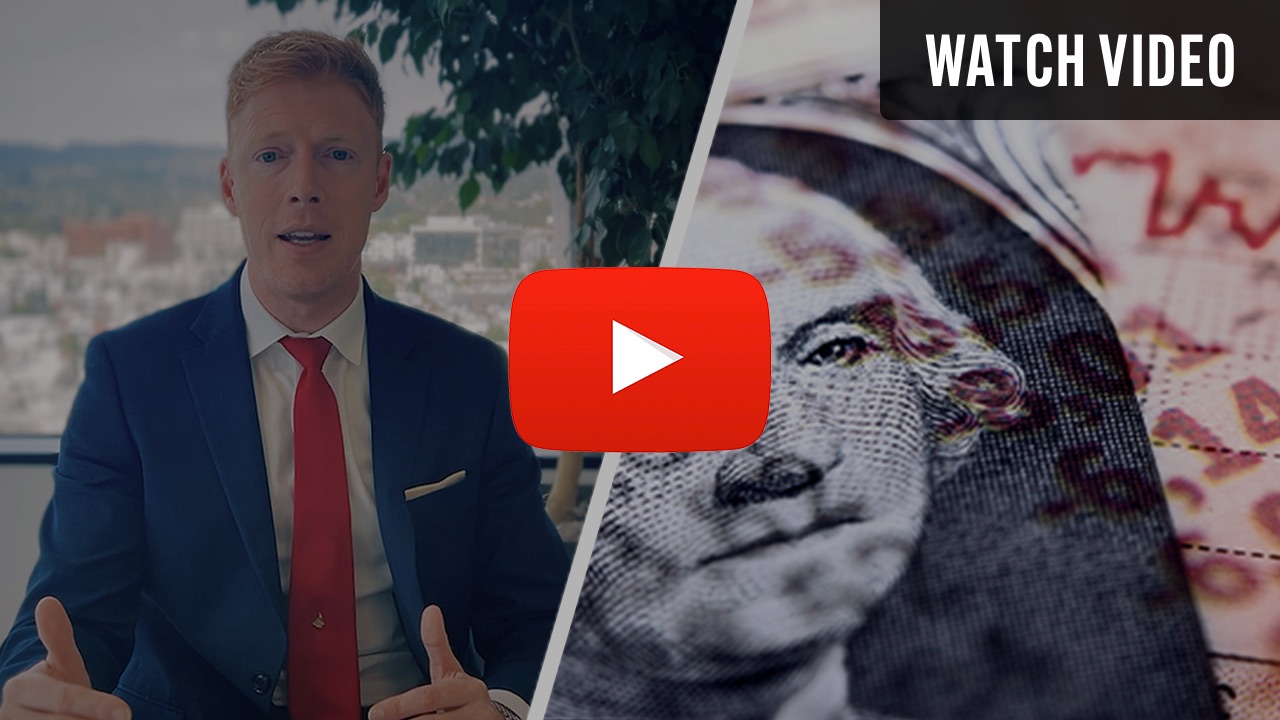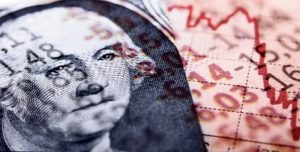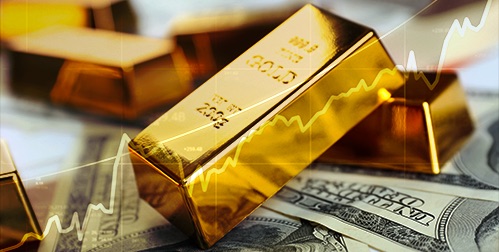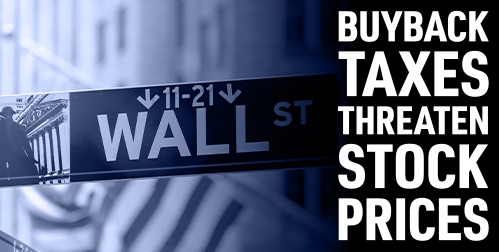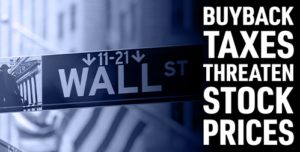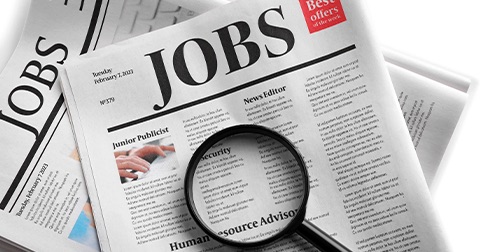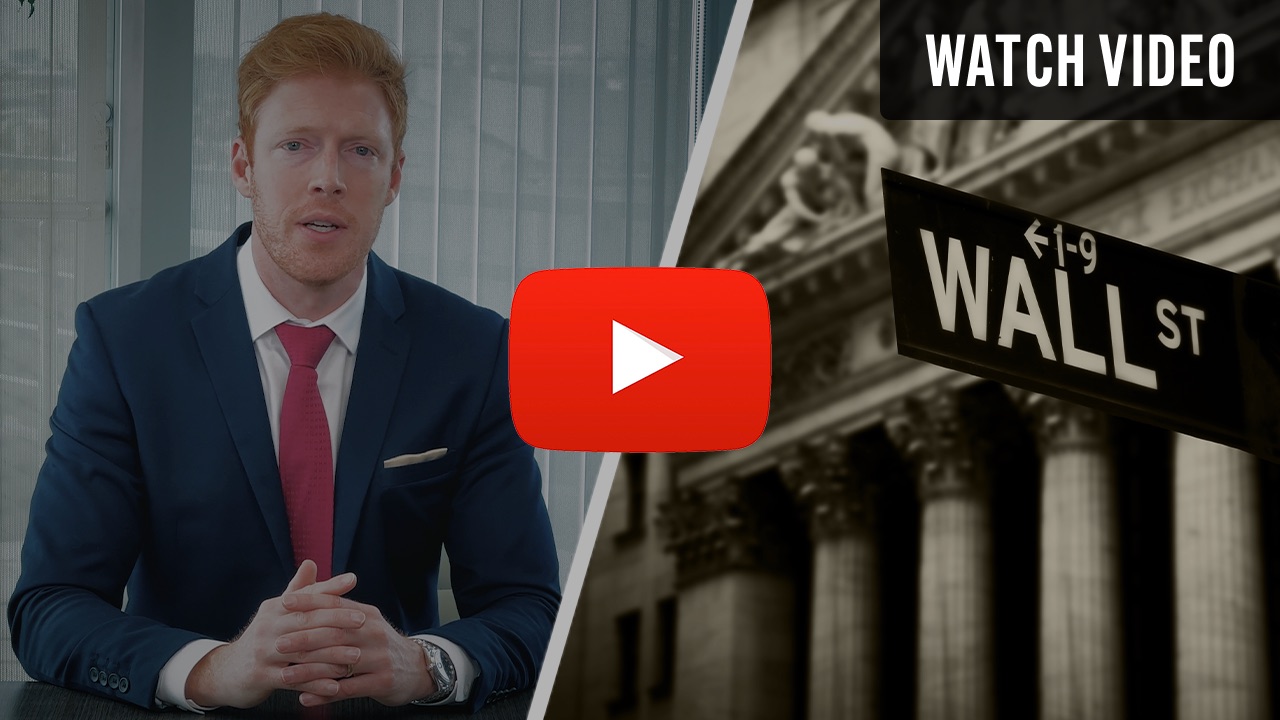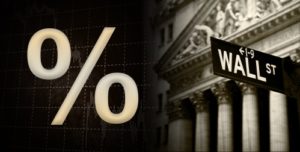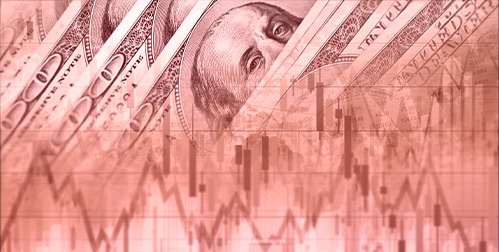- The Biden Labor Department changed a rule to allow 401(k) fund managers to prioritize politics over profits
- Environmental, Social, and Governance (ESG) funds support a woke agenda at the expense of profitability
- Republican lawmakers are taking measures to undo the new rule change
The Danger of ‘Woke’ Investing
Congress is taking measures to protect retirements funds from being used to pay for Biden’s ‘woke’ agenda. A recently revised Labor Department rule allows 401(k) fund managers to prioritize politics over profits. The new rule paves the way for 401(k) savings to be put into Environmental, Social, and Governance (ESG) funds. ESG funds generally invest in companies that further a left-wing platform. They oppose fossil fuels, promote unions and affirmative action.
Previously, fund managers were legally obliged to put profit considerations first. They could consider political issues only when two investments posed the same risks and rewards. Biden’s Labor Department eliminated that standard. They said it had a “chilling effect” on ESG sales.
There are financial consequences to the rule change beyond the political. ESG funds typically charge higher fees and often produce lower returns. This is especially true now when oil company stocks are soaring. Meanwhile, ESG favored tech companies are experiencing dramatic losses.
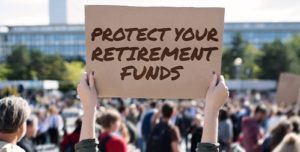
Congress Pushes Back
Republican lawmakers are challenging the measure. Senate Minority Leader Mitch McConnell criticized the new rule. He stated that it would allow the prioritization of “ideological goals” over the best financial returns. In addition, ESG funds are now eligible to be the default fund when a worker doesn’t choose one. The Trump administration banned that. Biden’s rule will push more workers unwittingly into these funds.
“The Biden administration is trying to enact a radical new regulation that would help liberals use their very own retirement savings as financial muscle for political causes they may not even support,” McConnell said. “In effect, we’re talking about letting financial companies garnish the retirement savings of workers without their permission in order to pursue unrelated liberal political goals.”1
The House has passed a measure that would tank the US Labor Department’s new ESG retirement investing rule. It also tees up a vote in the Senate. The move strengthens a broader GOP effort to roll back ESG mandates for retirement accounts. There are now two federal lawsuits to stop the mandate. Twenty-five Republican state attorney generals are leading one of the suits. The rule will be challenged in court. Experts believe it will probably be struck down.
401(k) investors should remain vigilant where their funds are being directed. No one should have to sacrifice their financial future to fund someone else’s agenda. If that’s the case, then investors must be prepared to act. One option that can protect your savings is a self-directed IRA that gives you control in what you invest in. The Gold IRA from American Hartford Gold allows you to gain the wealth building benefits of an IRA and the wealth protection offered by precious metals. And will never be used to support any agenda. Contact us today to learn more.


